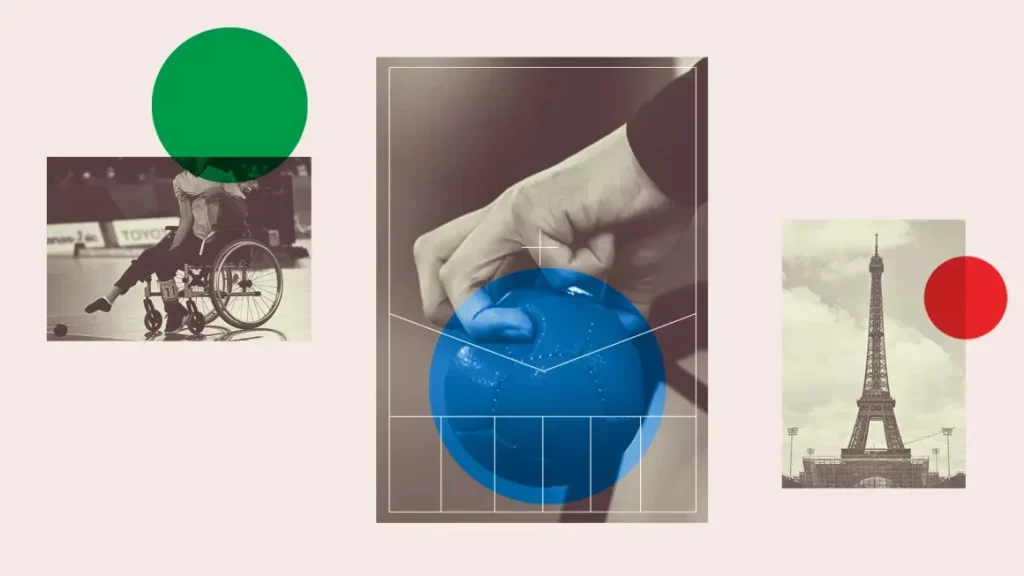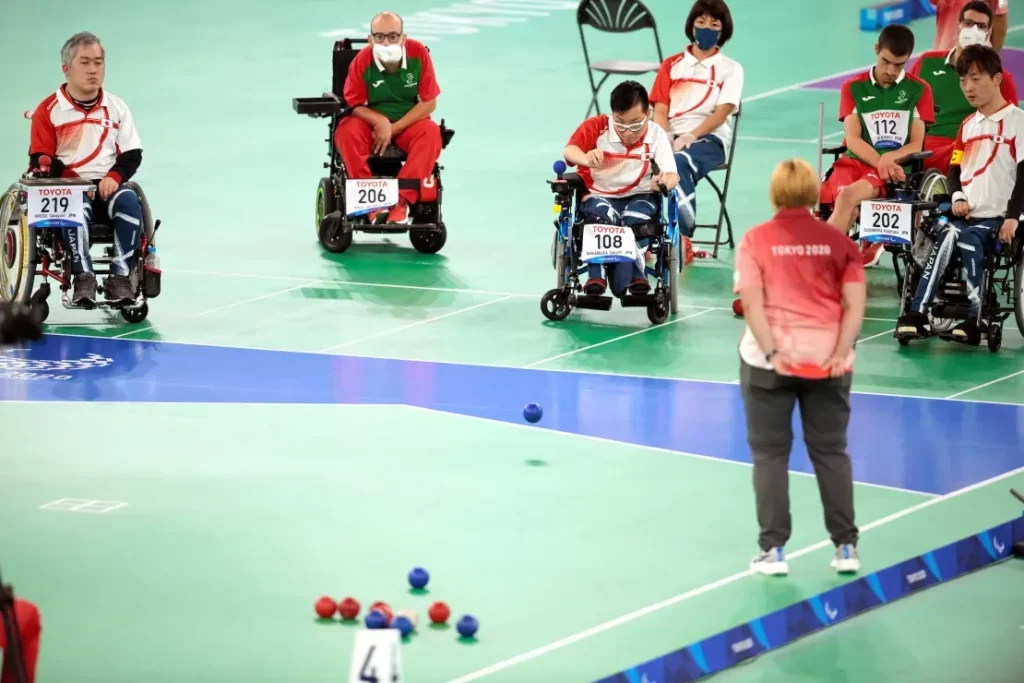
Boccia: A Unique Paralympic Sport with No Olympic Counterpart
Among the many sports in the Paralympics, most have Olympic equivalents. However, boccia is one of only two without a direct Olympic cousin. Since its debut at the 1984 Paralympics, boccia has grown rapidly in popularity, becoming a fan favorite within the Paralympic movement.
A Sport on the Rise: Boccia’s Rapid Growth
The International Paralympic Committee (IPC) hails boccia as the “fastest-growing sport within the Paralympic movement.” This unique and inclusive game has captivated audiences and participants alike, solidifying its place as a key sport in the Paralympic Games.
Ancient Origins: The Roots of Boccia
Although boccia made its Paralympics debut in 1984, its origins trace back much further. The word “boccia” is derived from the Italian word meaning “to bowl,” and the sport shares similarities with bowls and pétanque. According to World Boccia, this family of sports dates back to 5200 BC, with ancient Egyptian carvings depicting figures throwing stones, marking the beginnings of what would evolve into boccia.
Global Reach: Boccia’s Worldwide Popularity
What began as a leisurely activity has now become a competitive sport played in over 75 countries. South Korea stands out as the most successful nation in Paralympic boccia history, boasting 10 gold medals. The global spread of boccia highlights its universal appeal and the inclusive nature of the game.
How Boccia is Played: Rules and Gameplay
Boccia is played on a 12.5m x 6m court with two teams facing off. Games can be one-on-one, in pairs, or with teams of three. Each team is assigned six balls—either red or blue—while a white ball, known as the ‘jack,’ serves as the target. The objective is simple: get as many of your team’s balls as close to the jack as possible, using strategy and skill to outmaneuver your opponents.
The Thrill of Competition: Strategies and Tactics
The game’s excitement comes from the back-and-forth attempts to place balls closer to the jack. Competitors can knock their opponent’s balls out of the way, adding a layer of strategy to the game. Matches are intense, with individual or pairs matches consisting of four ends, while teams of three compete over six ends.

Classification: Inclusive Competition for All Athletes
Originally designed for athletes with cerebral palsy, boccia has expanded to include competitors with a range of eligible impairments. Paralympic boccia athletes compete in wheelchairs and are classified into one of four categories—BC1 to BC4—based on the level of their impairment. This classification ensures fair competition and highlights the sport’s inclusivity.
Assistance and Adaptation: Support for Athletes with Severe Impairments
BC1 and BC3 athletes are allowed to have assistants who help with moving their wheelchairs and other tasks. BC3 competitors, who have severe locomotor dysfunction, can also use assistive devices like ramps to deliver the ball. These adaptations make boccia a truly inclusive sport, ensuring that all athletes have the opportunity to compete and succeed at the highest levels.
This version incorporates a mix of common, uncommon, emotional, and power words to enhance the article’s readability and engagement.(jilibet)
